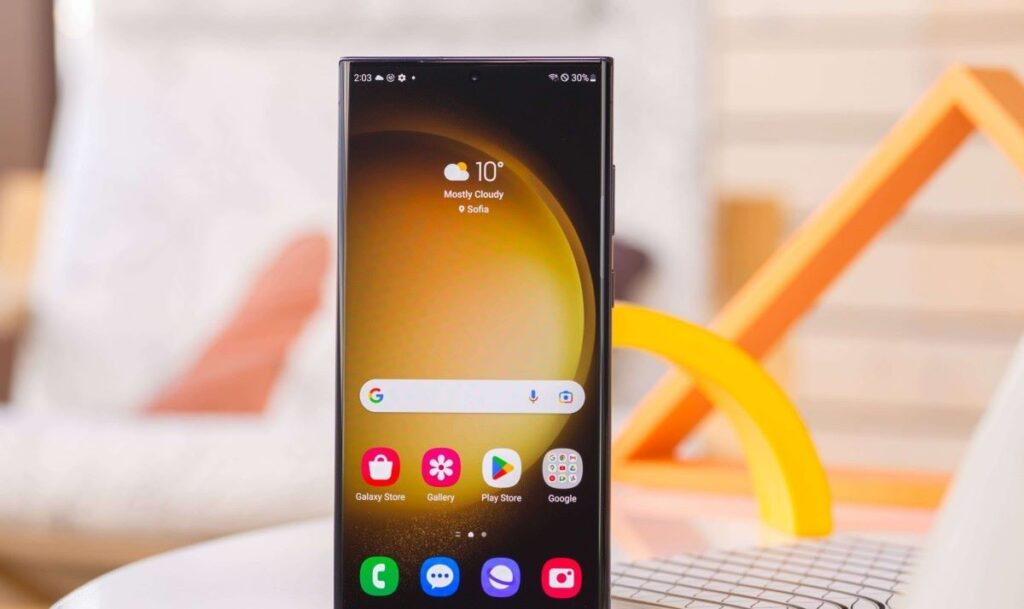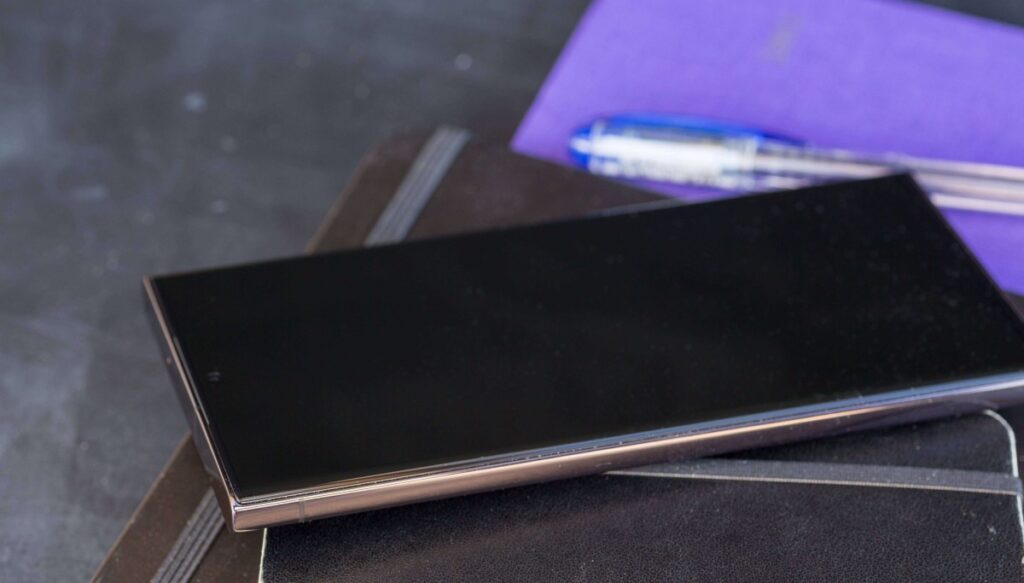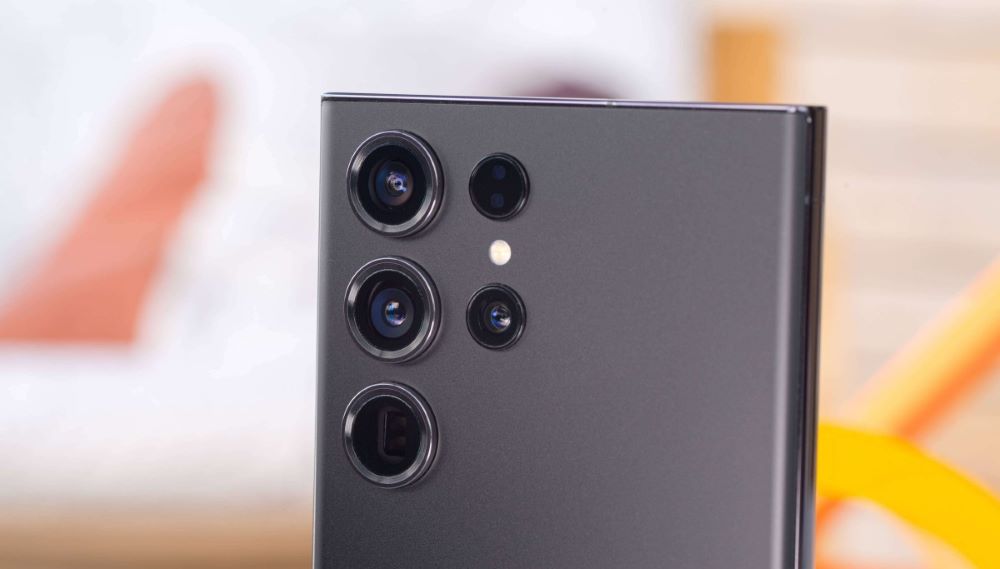Samsung pioneered the creation of the Ultra segment, with the Galaxy S20 Ultra in 2020 serving as the initial trailblazer. This new category, Ultra, signifies more than the Pro (or Pro Max) designation; it signifies an ultra-sized display and battery, an ultra-high pixel count primary camera, an ultra-versatile camera system, and ultra performance.
The Samsung Galaxy S23 Ultra perfectly embodies the essence of an Ultra phone, firmly establishing itself as Samsung’s most popular offering on the market. While some may perceive the design as somewhat conventional at this point, it is undeniably a case of form aligning seamlessly with function. The rectangular form factor is optimally designed to house a substantial four-camera array, a powerful chipset complemented by effective cooling solutions, a capacious 5,000mAh battery, and the largest non-folding display available in the smartphone landscape.

Entering its fourth generation, the Galaxy Ultra has fully embraced its distinctive S Pen-compatible nature, further solidifying an exclusive hallmark reserved solely for the Galaxy Ultra. Samsung has ensured that the Galaxy S23 Ultra boasts yet another exceptional addition, this time in the form of the cutting-edge 200MP camera.
Now, let’s revisit the term “stale.” Upon close examination of the Galaxy S23 Ultra, it becomes evident that very little has undergone transformation when compared to its predecessor. While the Galaxy S22 Ultra marked a notable departure from the S21 Ultra, the S23 Ultra represents a more subtle evolution. The inclusion of the S Pen is no longer groundbreaking news, and the majority of the cameras, the display, and the battery remain virtually unchanged, along with the design and build for the most part. The most significant alterations lie in the shift to Qualcomm’s chipset and the introduction of the new 200MP camera, changes that may not have been compelling enough to prompt most S22 Ultra users to consider an upgrade.
In essence, the Galaxy S23 Ultra serves as a secure haven for loyalists of the Galaxy Ultra series (and the former Galaxy Note line) who seek the comfort of a familiar, all-encompassing Samsung device. It remains an integral product for Samsung, as the company remains dedicated to its established heritage. This situation is reminiscent of the demand for the iPhone Pro Max, where people consistently yearn for this comprehensive package.
Now that the Galaxy S23 Ultra has dutifully reigned as the ultimate smartphone money can buy for approximately eight months, it’s time to assess its enduring performance and ascertain any notable changes, if any.

Samsung has maintained the overall design of the Galaxy S22 Ultra while making notable enhancements. The curvature of both the display and rear glass panel has been notably reduced, and the frame has been widened at the sides. These modifications have effectively transformed the previously challenging-to-grip and slippery S22 Ultra into a more ergonomically comfortable S23 Ultra. These changes have been particularly welcomed by users who prefer to use their phones without any additional protective cases.
The matte rear glass is not prone to fingerprints and offers a pleasing tactile experience, albeit with a slightly slippery feel. On the other hand, the glossy Armor Aluminum frame is prone to smudges but provides the advantage of better grip.

Samsung utilizes the entire width of the back panel to house the phone’s internal components. As a result, the four camera rings, LED flash, and laser autofocus module appear to be suspended within the flat surface. This integrated camera island is a distinctive feature exclusive to Samsung and boasts an appealing aesthetic. However, it’s worth noting that this design doesn’t eliminate any potential wobbling when the phone is placed on a flat surface.
